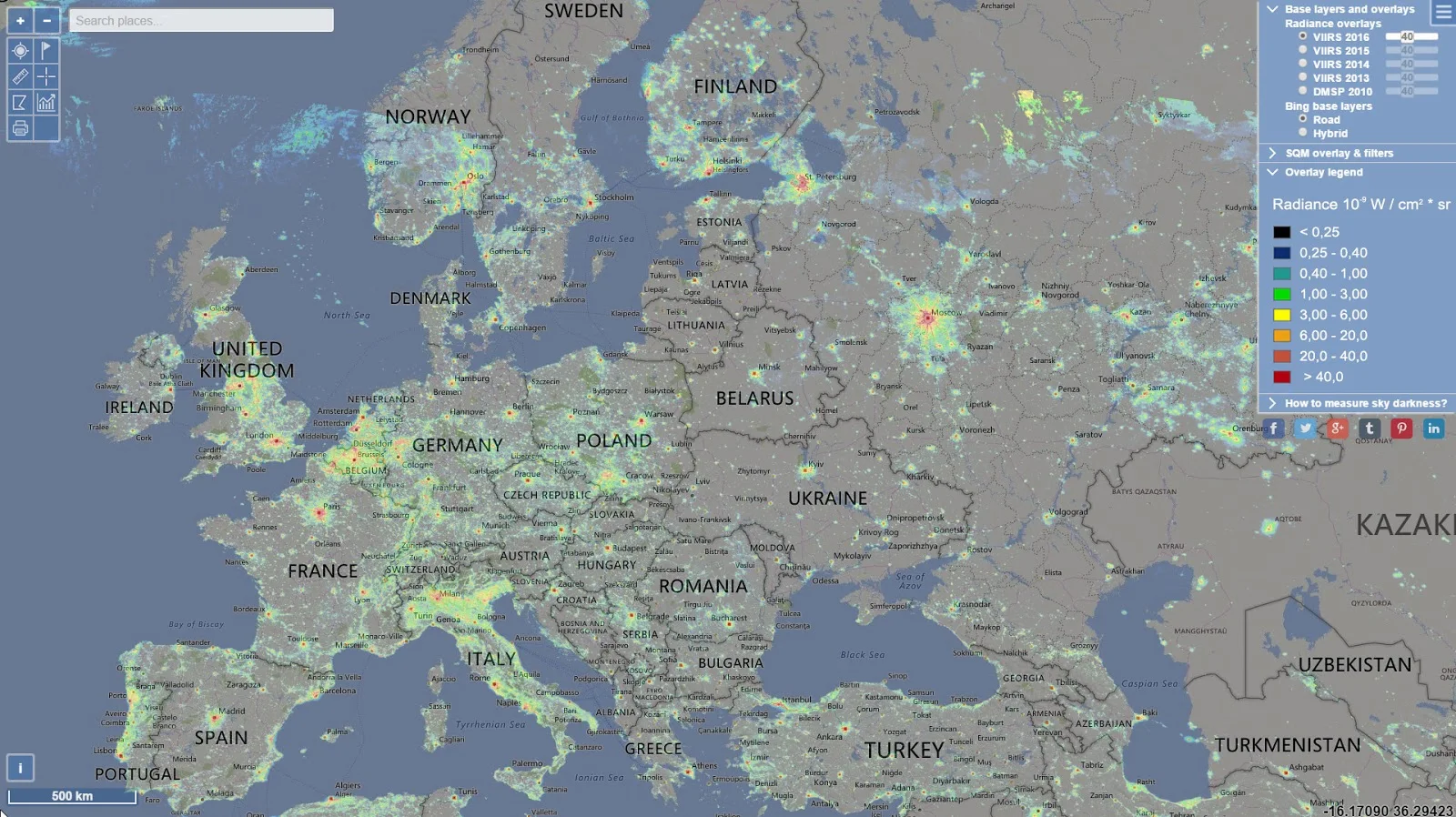The light pollution map has two base layers (road and hybrid Bing maps), light pollution radiance overlays and the user light pollution measurements overlay.
To add your SQM measurements turn on the "User SQM" overlay in "SQM overlay & filter" menu and click on the pencil icon in the toolbar. "SQM overlay & filter" menu also contains filters to limit the display of SQM measurements.
North America
South America
Europe
Asia
Australia and New Zealand
Africa
North America
South America
Europe
Asia
Australia and New Zealand
Africa






This post may contain affiliate links. As an Amazon Associate, I earn from qualifying purchases.